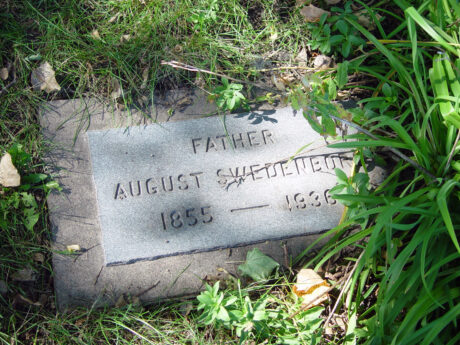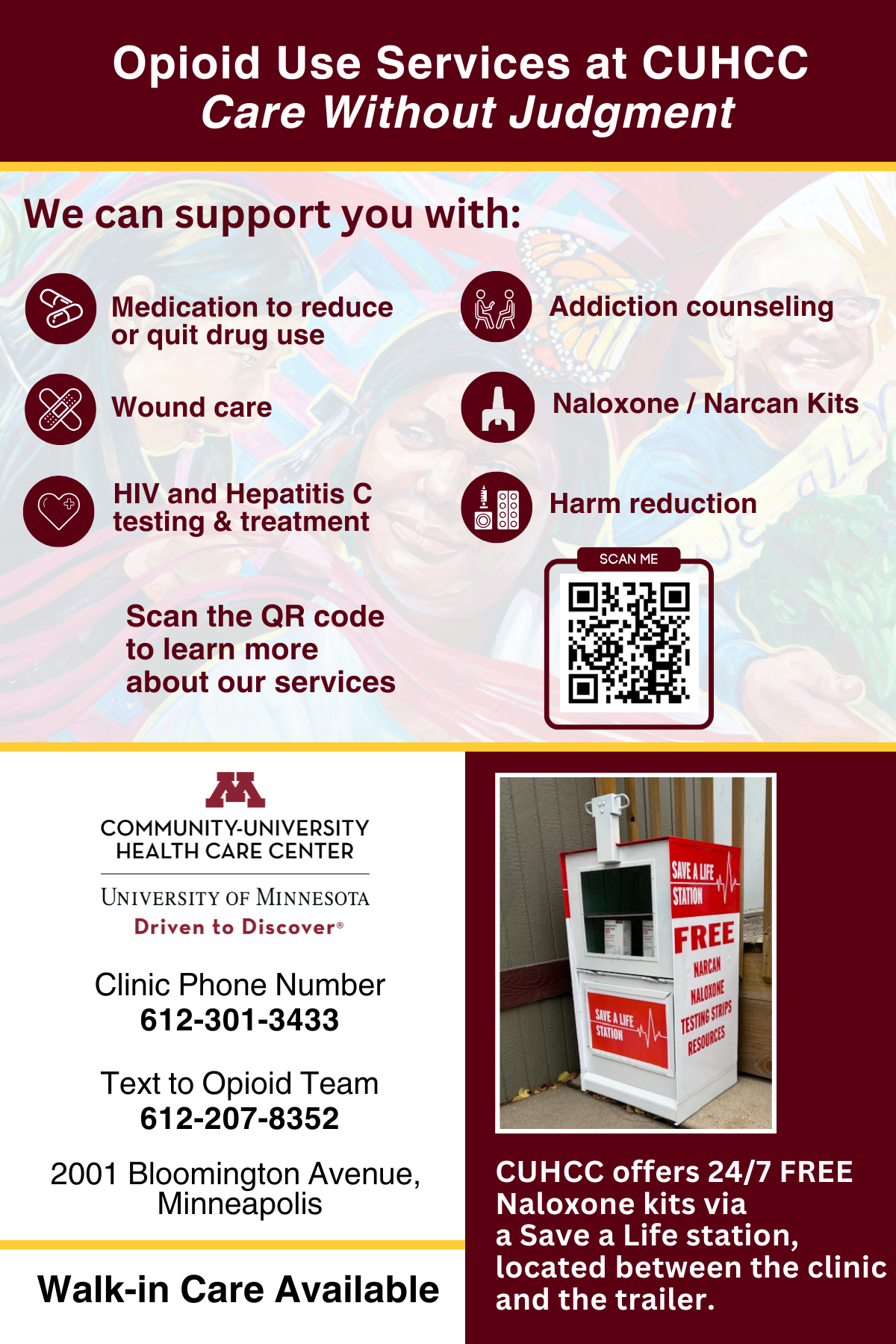233rd in the series Tales from Pioneers and Soldiers Memorial Cemetery
By SUE HUNTER WEIR
“Our need will be the real creator.”*
Plato, 380 BC
August William Swedenborg was 16 years old when he arrived in America. He was born in Sweden on October 20, 1855. Before moving to Minneapolis, he briefly lived in Chautauqua, New York and Titusville, Pennsylvania. On June 3, 1877, he married Charlotte Scruf. Over the course of the next 17 years, Charlotte gave birth to eleven children. Three of those children died young from highly contagious diseases.
Mina Anna Swedenborg (A. M. Swedenborg in the Cemetery’s records) died on March 13, 1881, from diphtheria. She is one of 923 people buried in the Cemetery, most of them children, who died from that disease. And that number includes only those buried in our Cemetery. In the 1800s, one out of every seven deaths was caused by diphtheria. That began to change in 1926 when a vaccine first became available.
Annie Elizabeth Swedenborg was one year and 20 days old when she died from measles and pneumonia on June 28, 1887. Measles was the official cause of death for140 people buried in the Cemetery; 131 of them are children under the age of five. And there may well be many more wherein the cause was reported as pneumonia or meningitis, both of which can be caused by measles as the disease progresses. Those who survive may develop life-long disabilities including blindness, deafness and impaired cognition. Measles can only be prevented, not cured.
Anna Mae Ruth Swedenborg died on April 20, 1913, from tuberculosis, at twenty-years-old, a little less than a year before her mother died. While there is no vaccine to prevent tuberculosis, public health initiatives have come close to eradicating the spread of this once-common disease. If caught in time, treatments are available.

Common Disease Deaths Nearly Eliminated by Vaccinations
By the 1940s, the government aggressively promoted the use of the vaccine and the rate of illness and death decreased dramatically. While it has not been completely eradicated in the United States, it is now classified as “extremely rare” with only 14 cases and one death reported between 1996 and 2018. The parents of children who have been vaccinated no longer have to worry about what was once one of the country’s most deadly diseases.
The current Secretary of Health and Human Services continues to sow doubt about the safety of vaccines without providing any evidence to support his claim.
Amazing Successes Don’t Eliminate Some Skepticism
Skepticism about the safety of vaccines is one of the legacies of the Covid pandemic, and vaccination rates, especially for children, have fallen. The current Secretary of Health and Human Services continues to sow doubt about the safety of vaccines without providing any evidence to support his claim. In the past two months, there have been measles outbreaks in Texas and New Mexico. There are 223 reported measles cases in Texas alone. Within the past week, cases have been reported in California, Maryland, and New York. In order to prevent the spread of this potentially life-threatening disease, 95 % of the population needs to be vaccinated to create “herd immunity.”
Railroad Injuries and Deaths Prompt Railroad Safety**
August Swedenborg lived in Minneapolis for 62 years. During those years, he worked as a butcher, a sweeper in a flour mill, and for the City Water Works Department. He suffered some setbacks and a tragedy along the way. In March 1908, while walking home from work, he attempted to cross the train tracks at 14th Avenue. It was so windy that day that he could not hear an approaching passenger train and was struck. His “foot was badly crushed and his body bruised.” He was taken to the City Hospital and eventually recovered from his injuries. On May 11, 1922, he was hit by a truck which left him with a broken leg and a skull fracture. He was not a young man at the time and that may have been what prompted his move to the Augustana Home for the Elderly.
A bigger tragedy occurred on November 21, 1910, when August and Charlotte’s son, Oscar Swedenborg, committed suicide. Oscar was 28 years old and married with two young children. The Minneapolis Tribune printed only a brief mention of his death and ended with a statement that: “No cause is assigned for the rash act…”
August lived in Augustana Home for almost ten years, up until his death from heart disease on January 12,1936. It appears that he was buried at Hillside Cemetery for a short time before being moved to Minneapolis Pioneers and Soldiers Memorial Cemetery. His grave was unmarked from 1936 until 1961, when his son, Ernest Swedenborg, b.1890 d.1962, purchased a marker for him. August is buried next to Charlotte and their three daughters in Lot 106, Block D.
Notes by Editor:
Around 380 BC in the Republic, Plato famously wrote: “our need will be the real creator”;which has evolved into the proverb “necessity is the mother of invention.” Choices sometimes paralyze us, but we have an incredible ability to adapt when we are in a “sink or swim” situation.
**The former Milwaukee Road Rail Corridor along 29th Street has been transformed into the 5.7 mile Midtown Greenway Trail that had been abandoned west of Hiawatha Avenue but is still active east of Hiawatha as part of the Minnesota Commercial Railway.
The Rail Line was originally built between 1879 and 1881; however, as traffic increased and injuries and deaths happened on the rails at street level, the City of Minneapolis mandated installation of active warning signals or lowering the rails into a trench between Hiawatha and Irving Avenues in 1910.
Sue Hunter Weir is chair of Friends of the Cemetery, an organization dedicated to preserving and maintaining Minneapolis Pioneers and Soldiers Memorial Cemetery. She has lived in Phillips for almost 50 years and loves living in such a historic community.









